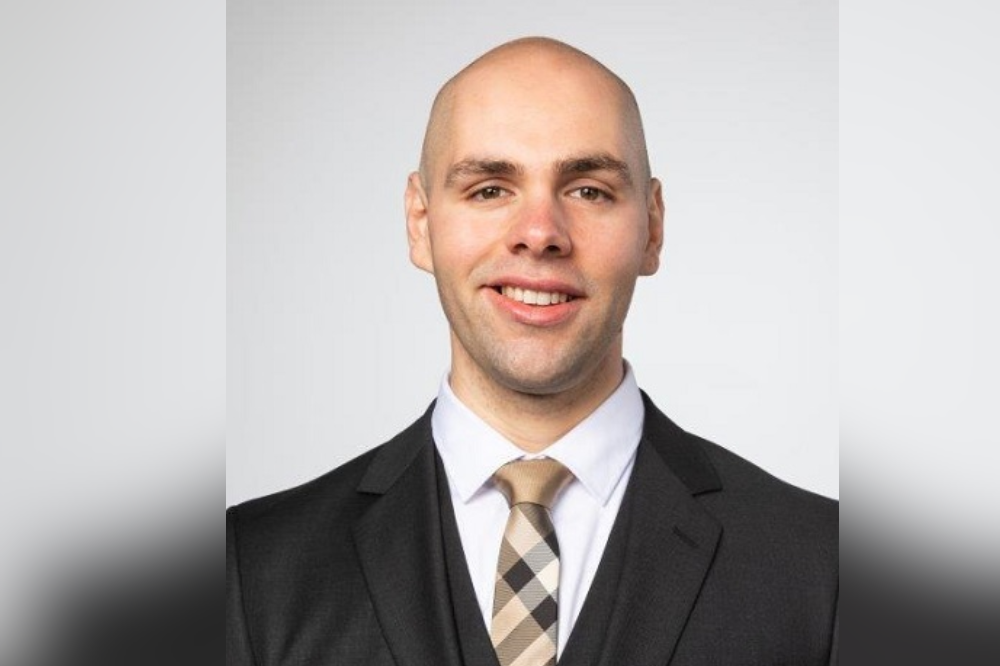On June 15, South Australia unveiled its 2023-24 state budget, revealing a host of changes designed to support homeownership while boosting the supply of new homes in the market.
Among the changes is the plan to abolish stamp duty for first home buyers of new homes.
Following the news, Australian Broker sat down with South Australian-based Sergio Stefano (pictured above), a senior broker for Aussie Prospect, to talk through the key changes and what it means to mortgage brokers.
Stefano said that while overall the reform would have a positive impact, the effect on brokers could go differently.
“I’ve been keeping count, and I’ve had about 27 phone calls literally over the last two days about the changes,” Stefano said.
1. There is no stamp duty for some first home buyers
Under the new reforms, first home buyers in South Australia will no longer have to pay stamp duty when purchasing a new home valued up to $650,000 or vacant land valued up to $400,000 for building a new home.
While Stefano welcomes the changes, he has found some teething issues as the state transitions to the new rules, which came into effect on June 15.
“We’re now having clients coming in and saying ‘hey, am I eligible for this? I’ve signed the contract six months ago, two months ago, one week ago, but can I break the contract?’ ” Stefano said.
Stefano said there was “a lot of uncertainty” with buyers who may have missed out and brokers were having a lot of educational conversations around this scenario to avoid “tricky situations with builders”.
“While it’s nice that stamp duty has been removed and revoked, it’s not necessarily something that means now we’ve got to rip up all of our land contracts and essentially just turn the wheel to go find something else.”
2. There’s an increase in the First Home Owner Grant (FHOG) property value cap
The South Australian Budget retained the existing First Home Owner Grant and increased its property value cap from $575,000 to $650,000, aligning it more closely with Adelaide’s median house price of $675,000.
Eligible first home buyers who build or purchase a new home within this value range will receive up to $15,000 through the grant, providing additional financial support for homeownership.
When taken together, the first two points could slash almost $45,000 off the cost of an average new home for a first homebuyer.
The state government predicts the measures will cost $147.3 million over four years and will benefit 3,800 first home buyers a year.
Stefano said that having the grant close to the median house price was a “smart move” as it opened up more of the market to more borrowers. However, he worries that people are “creatures of habit” and those looking for a better deal may end up paying more.
“A real estate agent called me the other day saying Sergio we’ve had four offers on this brand-new built house … all of them $650,000 – being the cutoff for the grant and the stamp duty exemption,” Stefano said.
“Turns out the house was listed for $580,000, so in a way, it’s pushing prices up. People are going to try and get the most savings out of something but essentially end up paying more or borrow more money from the bank.”
3. There’s a new government-backed low deposit loan initiative for first home buyers
The SA government also announced a new 2% deposit home loan scheme through the state government’s non-bank lender, HomeStart, for first home buyers building a new home.
While the initiative is designed to get more people into the property market, Stefano warns that allowing people in the market with small deposits could have dire consequences in this environment.
“There’s lots of things to take into consideration when all of a sudden now we’re taking people with minimal deposit into their property sooner with affordability issues. Is that not going to just keep spurring on the affordability crisis moving forward?” Stefano said.
With rates expected to rise further, Stefano said the situation could lead to loans effectively beginning to capitalise for borrowers who sit on minimum repayments.
“If you borrow 98% or even 95% of the property value and your loan begins to capitalise, the danger is now you’ve got no equity position, it’s difficult to refinance, you’re stuck in a higher interest rate bank and you don’t know when you’re getting out of mortgage prison,” Stefano said.


